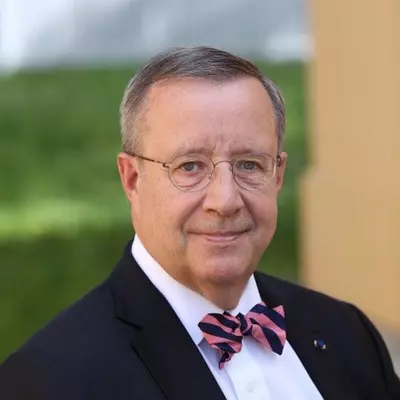Toomas Ilves - How to Digitalize a Country: The Example of Estonia
Toomas Ilves, former President of Estonia, discussed how the small Baltic state became a world leader in digitization of everything from voting to medicine.
This event was part of the Munk School of Global Affairs & Public Policy Distinguished Lecture Series
About our Speaker:
Toomas Hendrik Ilves, former President of Estonia (2006-2016) is a Berggruen Fellow at the Center for Advanced Study in the Behavioral Sciences, Distinguished Visiting Fellow at the Hoover Institution and the Global Digital Policy Incubator, Stanford University. Before assuming the presidency, Ilves served as vice-president of the Foreign Affairs Committee of the European Parliament (2004-2006) and foreign minister of Estonia (1996-2002). He is best-known internationally for his work 1995-2016 pushing Estonia to digitize its government. Ilves has chaired the High-Level Panel on Global Internet Cooperation and Governance Mechanisms convened by ICANN and served as co-chair of the advisory panel of the World Bank's World Development Report 2016 "Digital Dividends" and was also the chair of World Economic Forum's Global Agenda Council on Cyber Security. Ilves co-chairs The World Economic Forum working group The Global Futures Council on Blockchain Technology and is a member of the advisory board of the Oxford University Centre for Technology and Global Affairs. Under Ilves’ leadership, Estonia gained a reputation as a global leader in digital services and cyber security. A sense of his achievements can be gleaned from "An Interview With The Architect Of The Most Digitally Savvy Country On Earth", Forbes (April 23, 2018).
